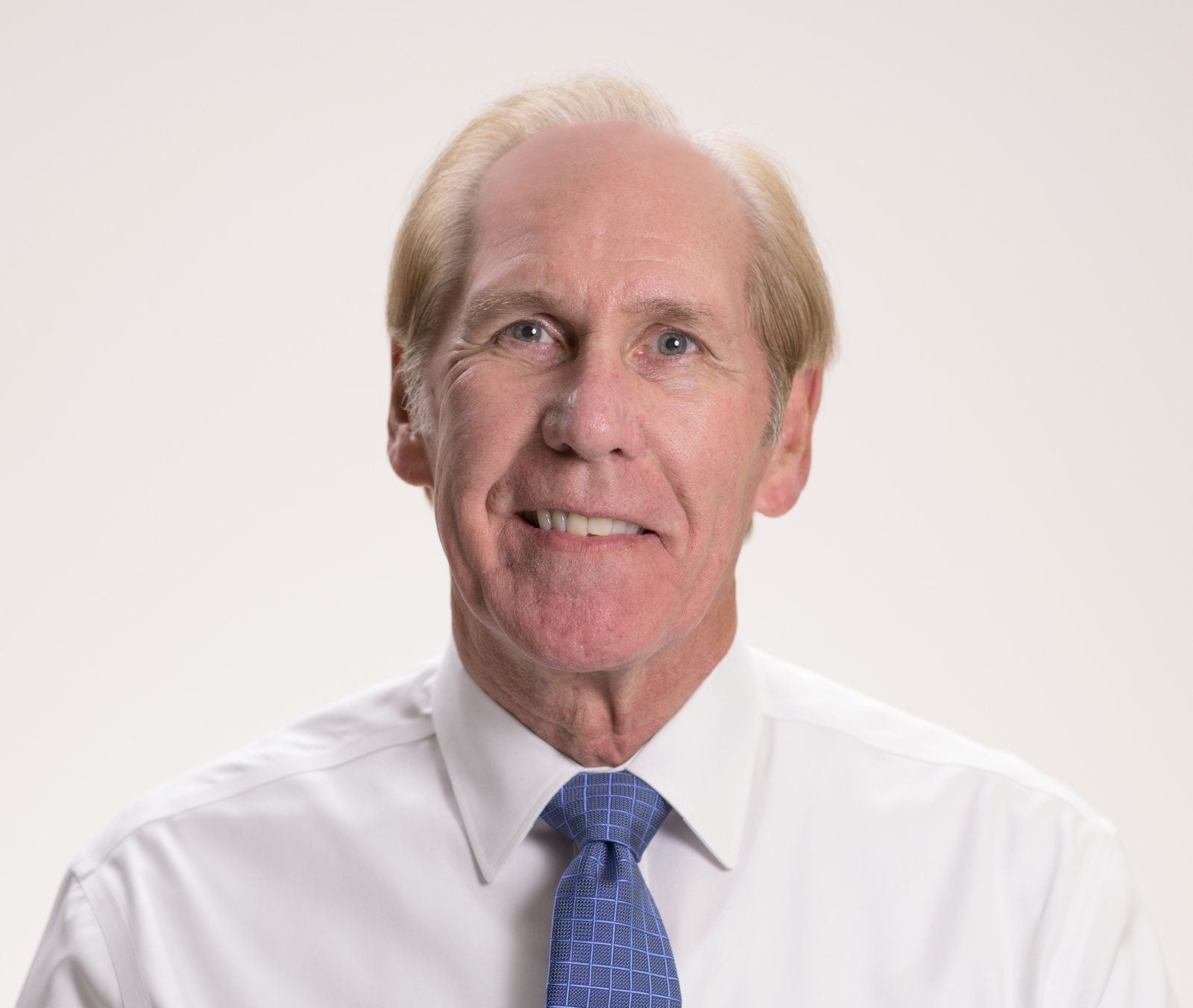Thank you, Selma, for allowing me to photograph you
Published 7:23 pm Thursday, June 1, 2017
Kathryn Mayo
Mayo is the artists who created the Selma Portrait Project.
Selma is a complicated place.” I often heard this statement upon interviewing the participants for The Selma Portrait Project, a photographic project I completed while on sabbatical from my position at Cosumnes River College. The complexity of Selma is what intrigued me about studying my hometown.
The project, a large-scale photographic endeavor looked at the connection between home and identity through portraiture and storytelling.
I investigated how environment, especially a historically complicated one, helps to shape individual and cultural identity.
The antique photographic process of wet plate collodion ambrotype along with an ultra large format camera and an antique, 19th century lens were used to create over 65 11 X 14” one-of-a-kind portraits on glass of residents of Selma.
The complications, successes, failures and hopefulness of an area were all captured in very long two-, three- and sometimes four-second exposures of participants.
Along with the visual component of the wet plate portraits, I captured audio from participants in the form of interviews.
The rich, culturally complex stories accompany the portraits as an audio collage that can be heard as ambient sound while viewing the images in a gallery setting. Working together, the visual and audio components shaped We Are Selma: The Selma Portrait Project.
It was important for me to use a historic process to photograph modern day Selmians.
I wanted to reference Selma’s rich past as the Queen City of the South and a time when Selma was arguably one of the most wealthy cities in Alabama (and collodion photography was the preeminent photographic process).
I am also wanting to highlight Selma’s extremely complicated past as a pivotal placeholder in the rich history of the civil rights movement and Selma’s current day quest to move forward amongst such complex burdens. Selma is full of brave souls who allowed me to glimpse into their lives and for that, I am forever grateful.
Those that sat for me realized how slow the process could be and I want to thank each and every person who trusted me enough to capture their likeness and their story.
The slowness of the process and the collaborative nature of the project is designed to honor the cultural currency of an area where communication has been both key to unification and fodder for misunderstanding.
The extended exposures required for the portraits allowed something truly magical to occur on each plate as time became stacked and compressed. In those moments, as sitters embraced the unknown and allowed themselves to live within extended moments of exposure, both literally and figuratively, they allowed the process to truly capture a part of their identity, one that was perhaps even unfamiliar to them.
The reflective quality of the glass plates allows the viewer to see themselves in each portrait, bringing to mind questions of personal responsibility, obligation and accountability.
Coming back to Selma helped me understand the concept of “home” a little better. Creating this project helped me understand how identity is shaped by our surroundings and revealed to me that home cannot exist without community.
Within my community, I never could have expected the swell of support my husband Doug Winter and I received from so many in Selma.
There aren’t enough words to thank everyone who helped us — from a student in California who sent us Pizza Hut pizza one busy day, to those who simply sent words of encouragement via my Facebook page to those who actually handcrafted plate holders used during the exhibition (thank you Ruth and Victor Shaw).
The many individuals and organizations that helped make the exhibition of the project at 201 Broad Street possible are forever in my debt and I am extremely grateful for your support.
It took a village coming together to make the exhibition happen and I can’t begin to thank everyone properly.
I would also like to thank my immediate and extended family for their support of the project. I never could have been successful without them. This project helped solidify in my mind just how wonderful they are.
To my community and my husband’s adopted hometown of Selma, I want to say “thank you” from the bottom of my heart.
What I found in completing the project was that almost every person that came through my studio door truly carries a hope for Selma that is contagious. One sentiment that they all seemed to share and one that I came to understand was that, Selma is a complicated place…but it is a place filled with hope.




